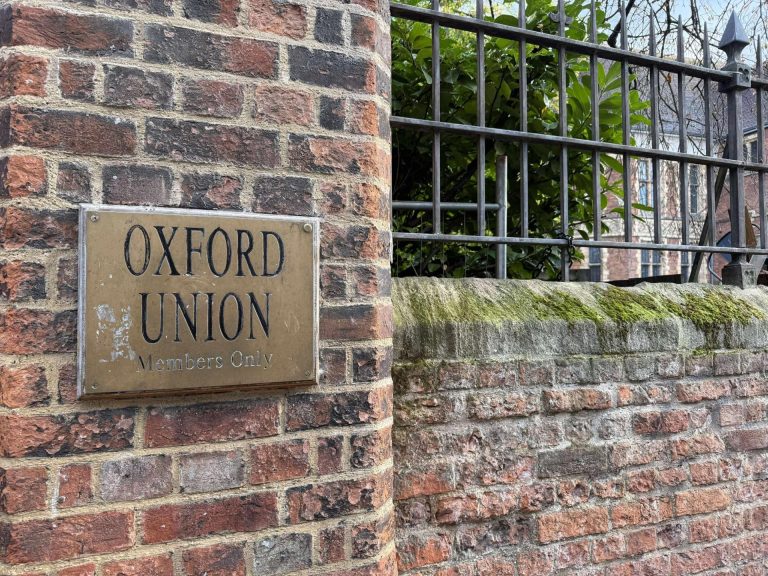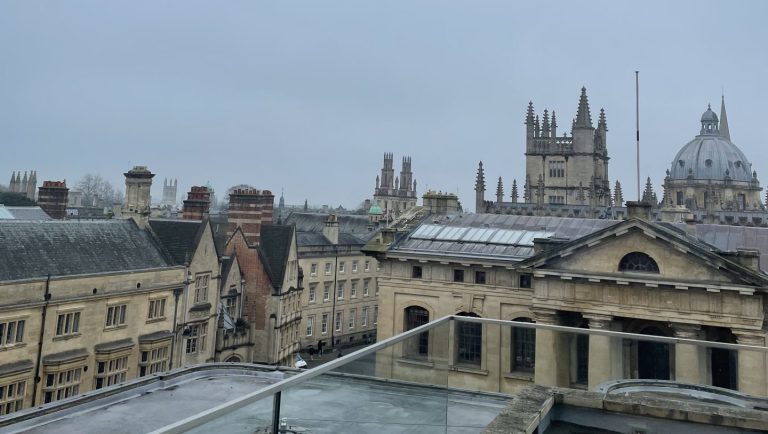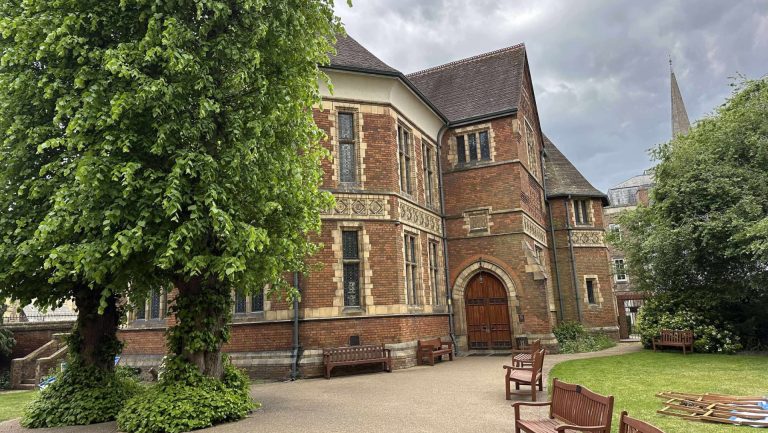President-Elect of the Oxford Union George Abaraonye is receiving backlash for his positive comments on Charlie Kirk’s shooting. Initially, George Abaraonye told Cherwell: “In that moment of shock, I reacted impulsively and made comments prior to Charlie being pronounced dead that I quickly deleted upon learning of his passing. Those words did not reflect my values.”
Since Friday 11th September, there have been more responses to the story. This article will be updated as new developments arise.
James Price, former Conservative Party Chief of Staff, resigned as the honorary secretary of the Oxford Literary Debating & Union Trust (OLDUT), saying he “cannot in good conscience remain” in the position. Price condemned Abaraonye’s statement in response to the backlash calling it “psychopathic”. OLDUT is a financial trust that owns the Union buildings and licenses the society’s operations on the premises.
Oxford African Caribbean Society (ACS) has issued a statement condemning the “anti-black and anti-migrant rhetoric”, racial abuse, and death threats directed towards Abaraonye among the backlash to his comments. ACS stated: “We encourage productive conversation rather than the disparaging of George’s character and denouncing the legitimacy of black people existing in Higher Education.” Oxford Feminist Society shared the post on their story in solidarity.
Elon Musk replied to a post on X on the alleged motion of no confidence: “Kick him out.” Musk also supported Pierce Morgan’s denouncement of Abaraonye. Responding to a post claiming Abaraonye’s admission into Oxford showcases “unfairness that talented white people are having to face”, Musk stated: “Racism of any kind is wrong, obviously including anti-White racism.”
US Deputy Secretary of State Christopher Landau stated that he will strip visas from foreign nationals that “glorify violence and hatred”. He responded to a post condemning Abaraonye’s words with an image of the US seal styled as a Batman spotlight with words “El Quitavisas” in the corner – Spanish for “the visa remover”.
Former Prime Minister Liz Truss posted on X calling Lord Hague, Chancellor of Oxford University, to “show some mettle and expel George Abaraonye”. Lord Hague was approached for comment.
Richard Tice, the deputy leader of Reform UK, told The Telegraph: “Free speech enables him to say this, but it also shows he is not fit to be president and should be fired from his post and expelled from the university.”
A former Tory Cabinet minister also told The Telegraph: “The Oxford Union is the cradle of politicians. One of the lessons in politics is learning to resign with dignity.”
University College Master Baroness Valerie Amos stated that Abaraonye’s comments “do not contravene the College’s policies on free speech” and “no disciplinary action will be taken”.
The Oxford Union issued a statement condemning the racial abuse and threats directed at Abaraonye. “No individual should ever be attacked because of the colour of their skin or the community they come from.” The statement also added that whilst the Oxford Union “does not possess executive power to summarily dismiss President-Elect”, a complaint was filed against him. Disciplinary proceedings launched by the complaint will be treated “with utmost seriousness” according to the Oxford Union statement.
The online backlash facing Abaraonye has led to doxxing of several others also exposed in the leaked Whatsapp screenshots as well as racist comments directed at Abaraonye.
Oxford Stand Up To Racism has issued a statement in support of Abaraonye calling to “stop the racist witch-hunt”. “It’s absolutely shameful that Abaraonye’s rivals within the Union not only leaked the comments to the press, but also phone numbers of freshers that were also part of the WhatsApp group.”











